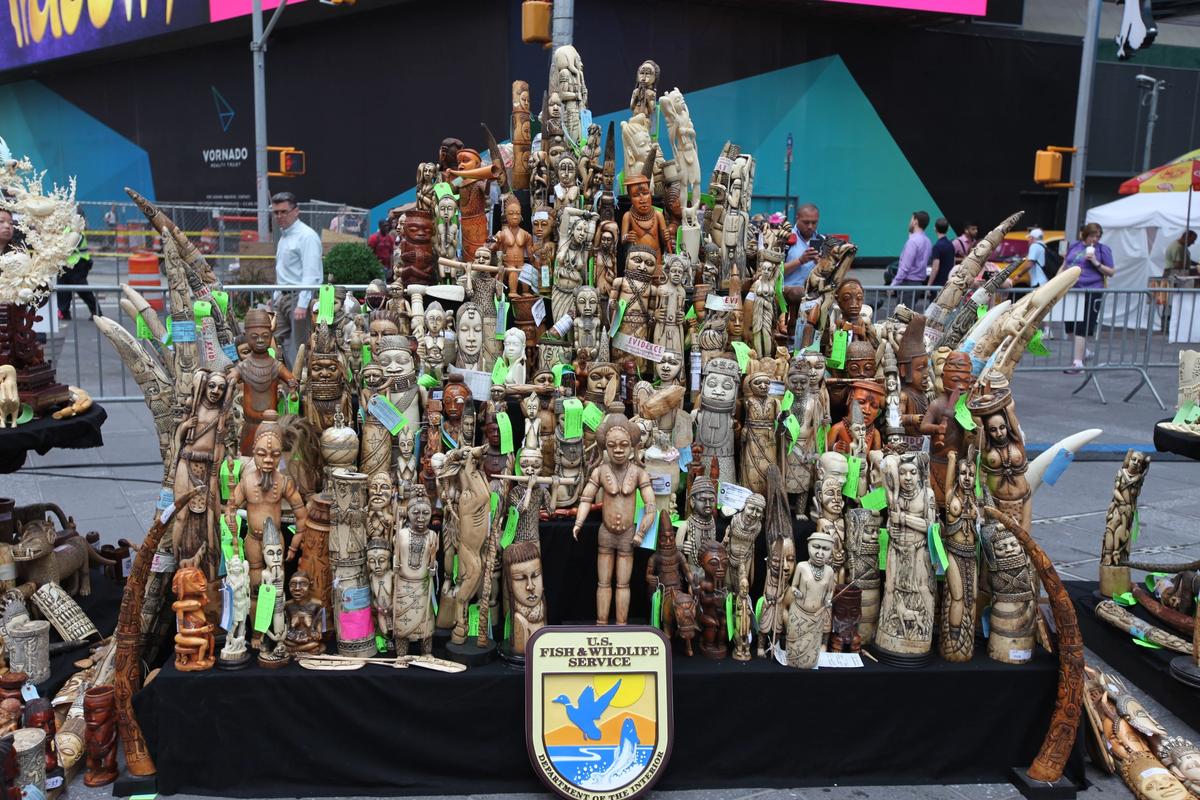New York State’s restrictive regulations of the ivory trade will be reviewed by an appeals court following a lawsuit brought this month by two organisations representing antiquities dealers affected by a mandate enacted in 2014 that is more rigorous than US federal regulations and allegedly creates unconstitutional restrictions for dealers and collectors.
The state-wide mandate prohibits the sale and display of objects containing worked or raw ivory from elephants and mammoths that contain more than 20% ivory or are less than 100 years old, and states that ivory objects can be legally sold to collectors outside of New York, either online or via catalogue, but that dealers must obtain a special license.
The main point of contention in the appeal is that the mandate prohibits the display of commercial ivory objects. The plaintiffs, the Art and Antique Dealers League of America and the National Antique and Art Dealers Association of America, argue that the mandate is not constitutional and imposes an “incidental burden on commercial speech”.
The law implements restrictions that are “more limited than the analogous exceptions to the ban on commerce in ivory outlined in the [1973] Endangered Species Act—the practical implication being that some ivory permitted to be sold interstate or internationally may not be sold intrastate in New York”, according to the trade groups' lawsuit.
The organisations began challenging the mandate in March 2018, but the motion was dismissed in February 2019 due to “lack of subject matter jurisdiction for lack of standing”. The defendants, which include various wildlife organisations, argue that restrictions on “commercial speech” are constitutional under a 1973 law that was also applied to prohibit the display of tobacco products in New York state.
In 2015 and 2017, New York officials held public “ivory crushes” in Times Square and Central Park, collectively destroying more than $12.5m worth of seized ivory objects. In the earlier event, Joseph Martins, the director of New York’s department of environmental conservation, told attendees he knew “everyone was anxious to see the crush of all the worthless items” brought to the event, and that “the reason they’re worthless is because they’re not attached to an elephant”.
The US federal government introduced a near-total ban on the trade of African elephant ivory in 2016, ruling that ivory objects could only be sold if they were genuine antiques. At the time, the United States Fish and Wildlife Service said nearly 100 elephants were poached each day, fueling a global ivory business that is estimated to be worth around $23bn.
The Endangered Species Act bans the import, export, possession, sale and transport of endangered species but does not place restrictions on the exhibition of those objects. One notable case related to the act arose when the heirs of the late dealer and collector Ileana Sonnabend inherited Robert Rauschenberg’s Canyon (1959)—a work that contains a taxidermied golden eagle—and ultimately donated the work to the Museum of Modern Art after it was deemed illegal for sale and appraised at $0.


